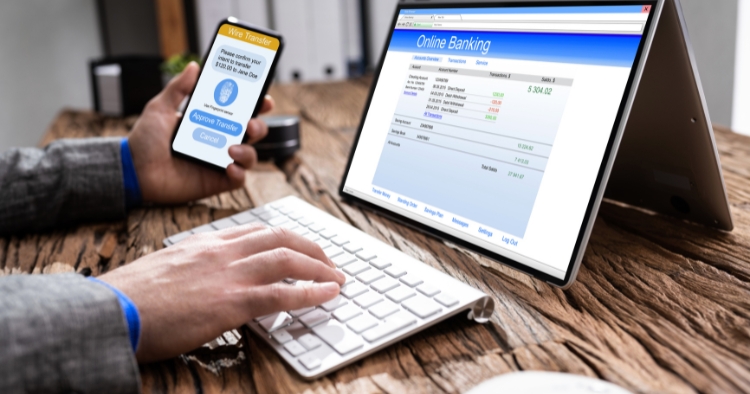Understanding Multi-Factor Authentication (MFA)
July 31, 2025

Passwords alone are no longer enough to keep business users safe from cyber threats. Multi-factor authentication (MFA) adds a critical layer of protection by requiring users to verify their identity using two or more factors—something they know, something they have, or something they are.
When you sign in to an online account, a process known as authentication, you are confirming your identity to the service. Traditionally, this has involved entering a username and password. But that method is not very secure. Usernames are often easy to guess, and passwords are frequently reused or kept simple to make them easier to remember.
To improve security, most online services, including banks, social media platforms, shopping sites and Microsoft 365, now offer additional protection. You might hear it called two-step verification or multi-factor authentication (MFA). Regardless of the name, the concept is the same: When you access your account from a new device or app, you will need more than just your username and password. You will be asked to provide a second form of verification, known as a second factor, to confirm your identity.
What is Multi-Factor Authentication?
MFA is a security mechanism that requires users to present multiple forms of verification before gaining access to a system. These factors typically include a password (knowledge), a smartphone or token (possession), and sometimes a biometric identifier like a fingerprint (inherence). There are many types of MFA, and they are not equally effective. The National Cybersecurity Alliance (NCA) ranked different MFA methods in its MFA in 2025 Tier List. They also formed an MFA Fan Club because they love MFA soooo much! As they say: "MFA is so dreamy...so secure...so multiple..."
Why MFA Matters
According to Microsoft, enabling MFA can block over 99.9% of account compromise attacks. It also stops 96% of bulk phishing attempts, making it one of the most effective defenses against credential-based threats.
The National Institute of Standards and Technology's (NIST’s) Digital Identity Guidelines SP 800-63-3 recommend MFA for systems requiring moderate to high assurance levels. U.S. government agencies are required to use MFA for access to official information systems, and many private-sector companies are doing the same.
Adoption Trends
MFA adoption is growing rapidly. A 2023 Zippia report found that 69% of users aged 18–24 use MFA to protect their data. In regulated industries like finance, health care, and defense, MFA is now a baseline requirement.
The Department of Defense and other federal agencies require at least Authenticator Assurance Level 2 AAL2 for access to sensitive systems, as defined by NIST.
How to Implement MFA
Start by selecting an MFA solution that aligns with your company’s risk profile and compliance requirements. Options include app-based authenticators (like Microsoft Authenticator or Duo), hardware tokens, and biometric systems. Ensure your MFA provider supports lifecycle management and identity federation if needed.
Real-World Impact
Companies that implement MFA report significant reductions in unauthorized access incidents. It’s a low-cost, high-impact control that strengthens your overall security posture and helps meet compliance mandates.
Need Help Securing Your Logins?
STACK Cybersecurity can help you implement MFA across your business. From selecting the right solution to training your team, we’ll guide you every step of the way.
Website: stackcyber.com
Email: digital@stackcyber.com
Phone: (734) 744-5300
